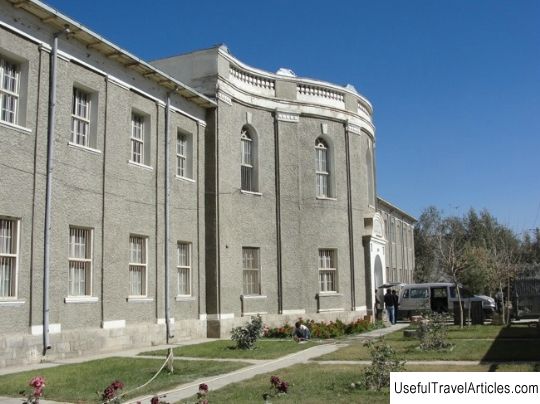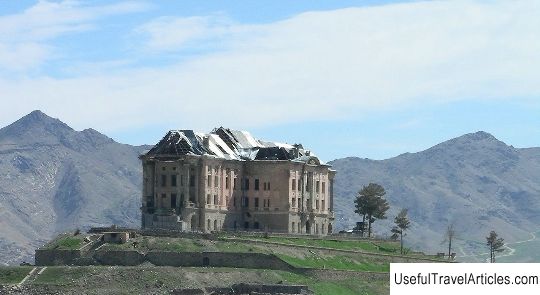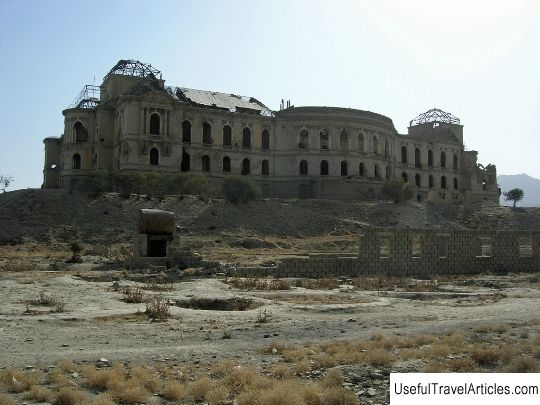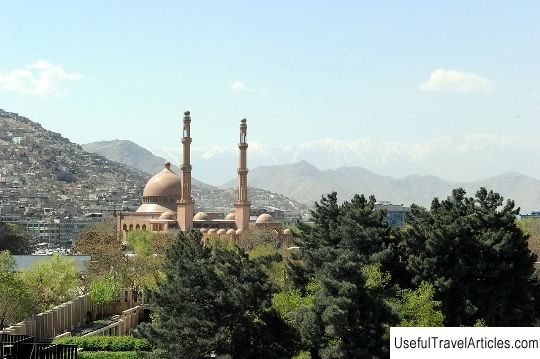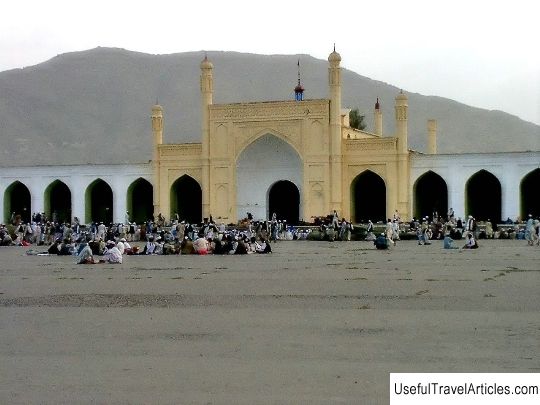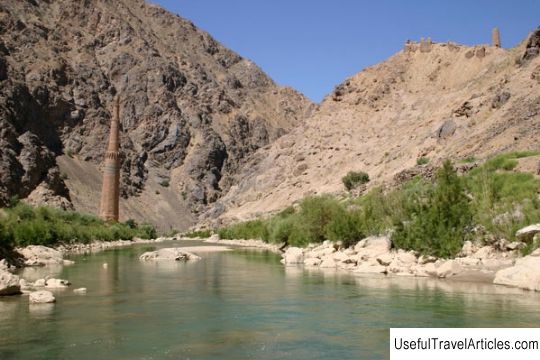National Museum of Afghanistan description and photos - Afghanistan: Kabul
Rating: 8,1/10 (1565 votes) National Museum of Afghanistan description and photos - Afghanistan: Kabul. Detailed information about the attraction. Description, photographs and a map showing the nearest significant objects. The title in English is National Museum of Afghanistan. Photo and descriptionThe first museum in Afghanistan was established in 1919 at the Bag-i-Bala Palace on the outskirts of Kabul and consisted of manuscripts, miniatures, weapons and art objects belonging to the former royal family. A few years later, the collection was moved to the palace of King Amanullah in the city center. In 1931, the National Museum was officially established in the current building, which then served as a municipality. The original collection was significantly expanded in 1922 with artifacts from the first excavations of the Archaeological Franchise of Afghanistan Expedition (DAFA). Over the years, other archaeological expeditions have added their findings to the museum. The collection of the museum is very extensive: here you can find objects of prehistoric, classical, Buddhist, Hindu and Islamic heritage. Among the exhibits there are many ivory products, antiquities from the times of the Kushan kingdom, objects of early Buddhism and early Islam. One of the most famous pieces in the museum that survived the turbulent period of the 1990s is the Rabatak inscription of King Kanishka. Among the most exciting archaeological finds are the frescoes from Dilberjin; plaques, fragments of architecture, sculptures, metal objects and coins found in the French excavations at Ay-Khanum and Surkh Kotal. Attention is drawn to the spectacular collection of items found in a merchant warehouse in the city of Bagram, which include Indian ivory, mirrors from China and glassware from the Roman Empire. Hadd's unique molded heads can also be seen; presents Buddhist sculpture from Tepe Sardar and other monasteries in Afghanistan and a large collection of Islamic art from the Timurid period found in Ghazni. A separate collection of the National Museum is numismatic, it contains 30 thousand objects. The main part of the collection is archaeological material from Afghanistan. Part of the Mir Zak hoard is very unusual - it contains a huge amount of coins from the fourth century BC. until the third century AD, a total of 11,500 silver and copper items. The museum has appointed a curator for the numismatics department, but the collection remains closed to scholars and the general public. To learn about the country's history and attract tourists, some important parts of the collection, including gold jewelry from six excavated burials in Tila Tepe, exhibited at traveling exhibitions in leading museums in the world. Since 2006, they have been exhibited at a museum in Nimes (France), four museums in the United States, the Canadian Museum of Civilization, the Bonn Museum, and more recently at the British Museum. At the end of the tour, all exhibits will return to the National Museum.   We also recommend reading Church Angeloktisti at Kiti (Panagia Angeloktisti at Kiti) description and photos - Cyprus: Larnaca Topic: National Museum of Afghanistan description and photos - Afghanistan: Kabul. |
